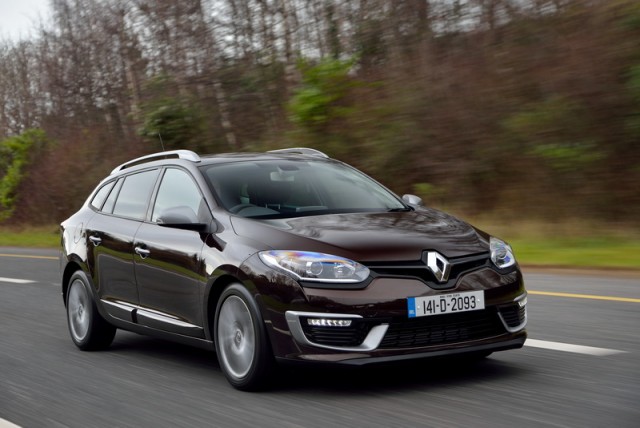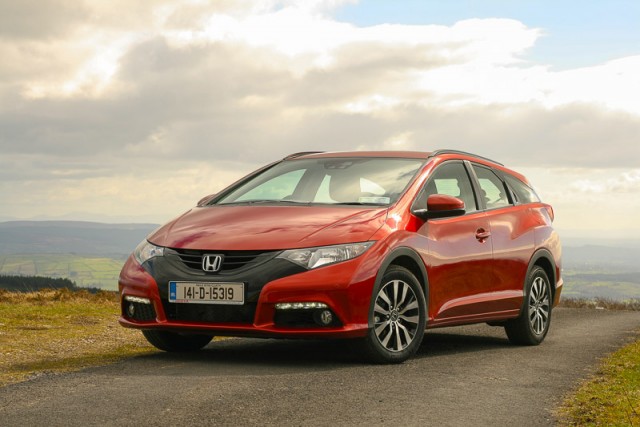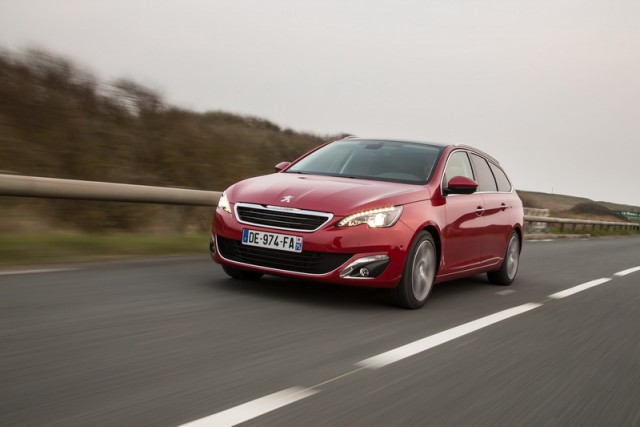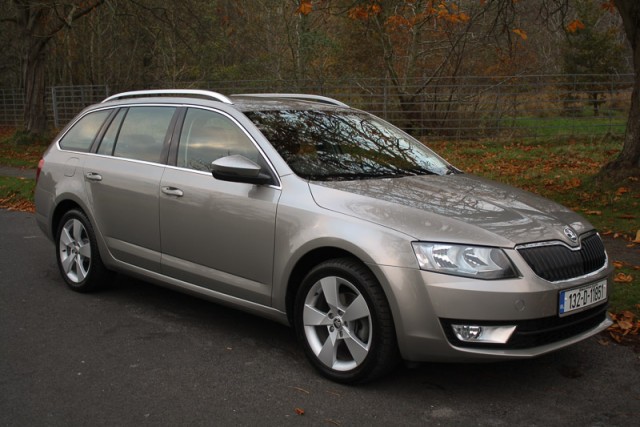Good: comfy, handsome, decent quality, efficiency, space
Not so good: cabin still behind the best rivals, ride too firm, depreciation concerns
Remember when the Mégane was Ireland's best-selling car? It was back in 2010, when the recession was at its depth, when there was a desultory scrappage scheme and when Renault threw an enormous amount of money at taking the prime position in the Irish car market. Discount was heaped upon discount with the result that the Mégane finished the year at the top of the sales heap. It may have been a poor year, overall, for car sales but a number one is still a number one.
The problems came later, specifically when all those Mégane owners came to trade their cars in. all those discounts took their toll on the second hand value and many actively struggled to offload their cars. There were even stories knocking around of people effectively abandoning Méganes (and mechanically similar Fluence saloons) on forecourts because they were, essentially, value-less. It's the price of paying for market share and Renault isn't the first, and won't be the last, to do this.
The trajectory of Mégane sales has followed suit. From a high of 3,979 Méganes sold in 2010, last year Renault managed to shift just 794. OK, so some of that can be explained by the natural rise and fall of sales in the lifetime of any model, but there can be little doubt but that concerns over resale value must be preying on buyers' minds.
So then, what can Renault do? Well, we've been promised an end to the stack 'em high, sell 'em cheap concept and instead there are promises to grow sales organically and to, simply put, create cars that sell themselves without major discounts. The success of the new Clio, consistently a top-ten selling vehicle, seems to suggest that Renault's plan is working and working quite well.
So, the Mégane is now on the search for some of that Clio-like magic. To start with, it's had a redesign to give it the Clio's face. Gone is the rather bland, flat face of last year's Mégane, replaced by something far more appealing with the Renault diamond front and centre and hawk-eye headlamps. The rest of the exterior is pretty much as you were, but that is helped by our test car being the Grand Mégane. No, not a special edition for Cork buyers, but the nomenclature Renault uses to denote that this is the Mégane estate. Very handsome it is too, deftly avoiding the rather bulky back end that so often accompanies the extension of many five-door hatchbacks.
Inside, there are improvements too. The overall architecture is the same and that sadly means that the instrument panel still leans back at an odd angle, making the driving position feel unnaturally laid-back. Quality is on the up too. It's not up to Peugeot 308 levels or anything, but most surfaces squish under a probing fingertip and look and feel pretty good. There's lots of equipment on the GT Line, including Bluetooth for both phone and media player and a built-in TomTom satnav system. Best of all, GT Line spec bring with it heavily-bolstered sporty bucket seats that are far, far more comfy than the standard Mégane's rather flat, unsupportive chairs.
The star of the show though is the 1.5 dCi diesel engine. Yes, it's been around the (engine) block a few times or more, but this is a power plant that shows few signs of ageing. Aside from a hefty clatter on start-up, it has decent refinement, but its trump card is newly lowered emissions. Here is a big, spacious, well-equipped family car that scores a 90g/km CO2 rating. That means €180 a year to tax it, which is pretty impressive. The only problem is that you probably won't get near Renault's official 70-odd-mpg economy figure. Mid fifties is a safe bet though.
To drive, the Mégane feels better than you might expect, but still not quite as good as you might hope. The steering is mostly fine - a little oddly weighted but nicely accurate and you can sense how Renault takes the same basic rack and fits it to the powerhouse Renaultsport variant. This Mégane turns in neatly, grips well and is generally enjoyable and composed to drive. The only major issue is the ride quality, which is just too jittery and unsettled, and which occasionally thumps and clatters noisily over obstacles. It's just not refined enough for a French car.
On the upside though is the big boot (524 litres; good, albeit not good enough against the 600-odd-litres of the Skoda Octavia Combi) and the still-keen price of circa €25k (although you can get a Mégane estate for as little as €21,090 with a 90hp diesel engine). It also has one major advantage over the hatchback Mégane, which is that Volkswagen does not import the new Golf Estate into Ireland, meaning that the only VAG cars it must compete against are the Skoda Octavia Combi and the Seat Leon ST. It scores well against both, but there is further competition coming down the track from the impressive new Peugeot 308 SW, not to mention the recently launched Honda Civic Tourer.
On pure merit, it's clear that the Mégane in its current form won't be troubling the very top of the sales charts again soon. There is just too much seriously talented opposition for it to shine through. That said, it's a better choice now than it was when it was an (artificial) best-seller and it bodes well for the all-new Mégane, due in a couple of years.

































